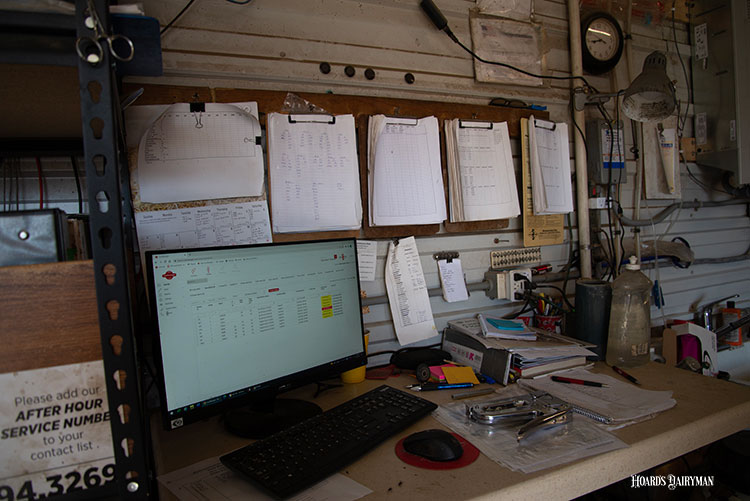
“If you can't measure it, you can't manage it.” This famous phrase comes from management guru Peter Drucker. It holds especially true for dairy farmers who need to make extra efforts to enhance their productivity and profitability given the mounting cost pressures and uncertain dairy retail market.
In the intense days of work on a dairy farm, and as a dairy farm decision-maker, how have you based your daily farm decisions? What kind of data is guiding you in the journey? How does your farm compare with others in distinct aspects such as reproduction, economics, health, and productivity? How are you performing when compared with other farms? How are you performing compared to the previous month or the previous year? What are your performance references?
To help to answer those questions, key performance indicators (KPIs) have been used to bring awareness and alerts top of mind, allowing farmers to measure their results and identify key points of strength and/or weakness. There are various levels of KPIs ranging from high-level metrics such as income over feed cost (IOFC) to more operational measures like monitoring milk production threshold violations.
In today’s increasingly data-driven businesses, successful and efficient dairy farms rely on KPIs as the foundation for their decision-making processes. By adopting KPIs, dairy farmers can achieve higher scores and improve their competitiveness. All this means is adopting KPIs is a key ally in enhancing one’s dairy farm performance.
Tearing down data silos
While there are many technologies generating vast amounts of data on dairy farms, integrating these many data sources can be challenging due to their varying formats and patterns of access and usage. This situation results in data silos. Despite these challenges, a select group of farmers have overcome those challenges and gained a competitive advantage by planning, implementing, and monitoring KPIs regarding their crops, feeding, milk production, herd health, and finances.
There are several ways to implement the use of KPIs on your farm. The list of steps below can help farmers and their advisers who want to start the effective use of KPIs:
- Start with a select few high-level KPIs
- Identify which data you need for each KPI
- Identify the source of data
- Identify the frequency of analysis
- Establish acceptable target ranges for the KPI
- Consider monitor and frequently discuss the KPI performance
For those farms who already have KPIs, can you imagine if you would be able to compare your income over feed costs (IOFC) with other farms in a timely and accurate manner, or simply if you would measure the IOFC impact by increasing 1% in your pregnancy rate compared to others?
To empower dairy farms to understand better their business and help them to make better decisions, UW-Madison’s Dairy Brain project is working to empower farmers with those types of analysis taking advantage of the already available data (such as DHIA test days reports) combined with already available tools from the UW-Dairy Management program in an automated and user-friendly manner.





